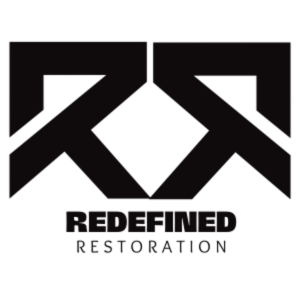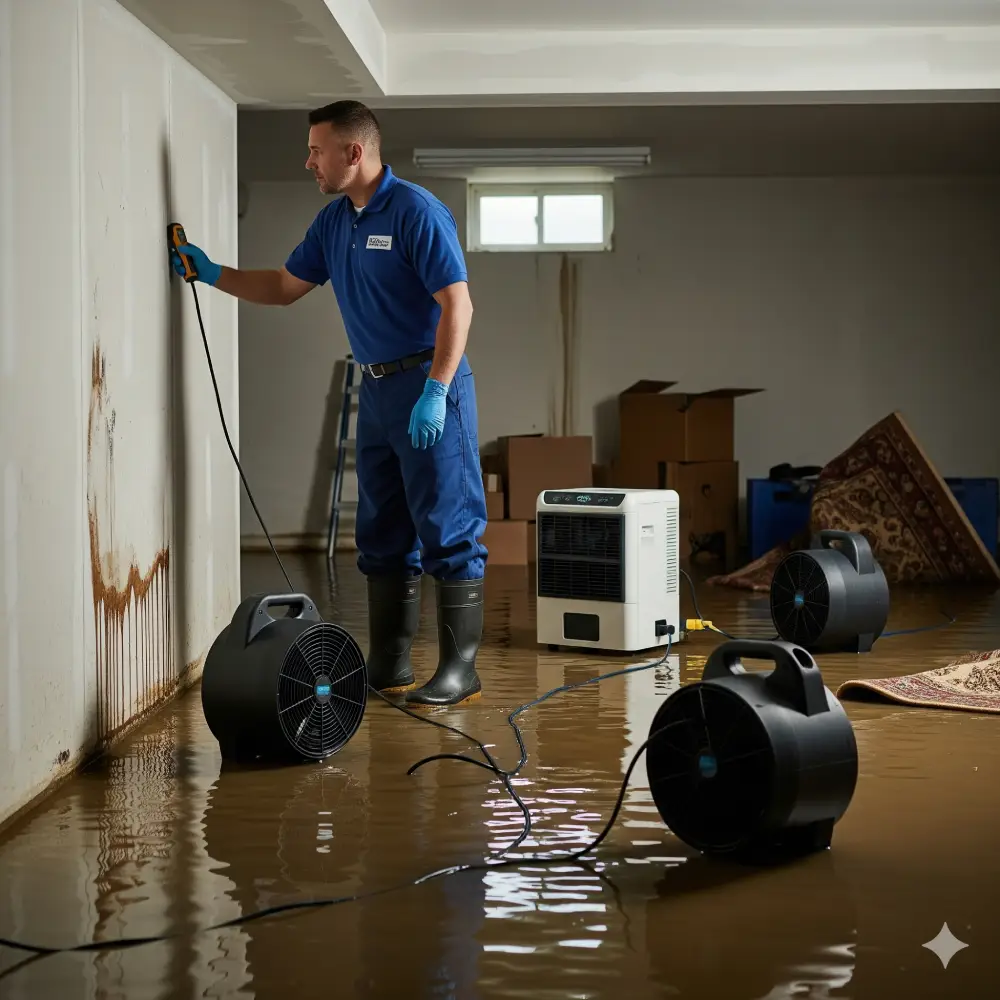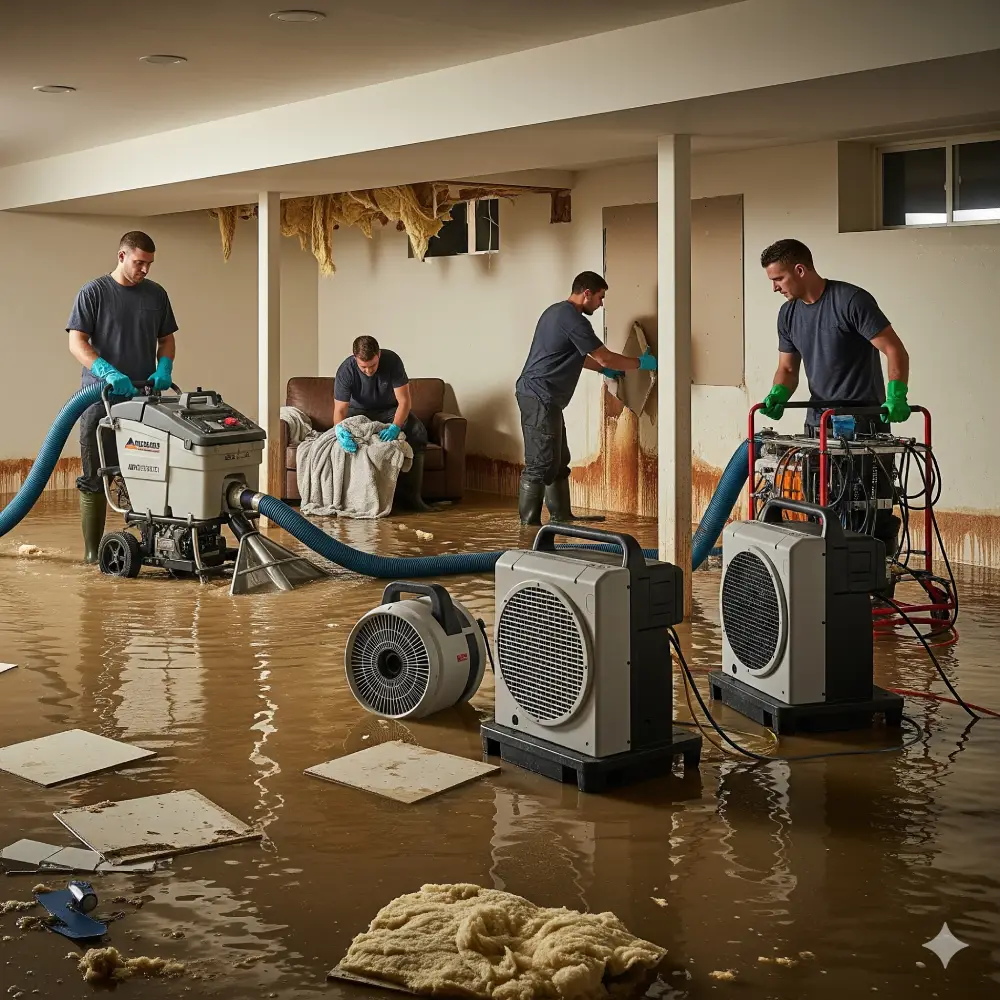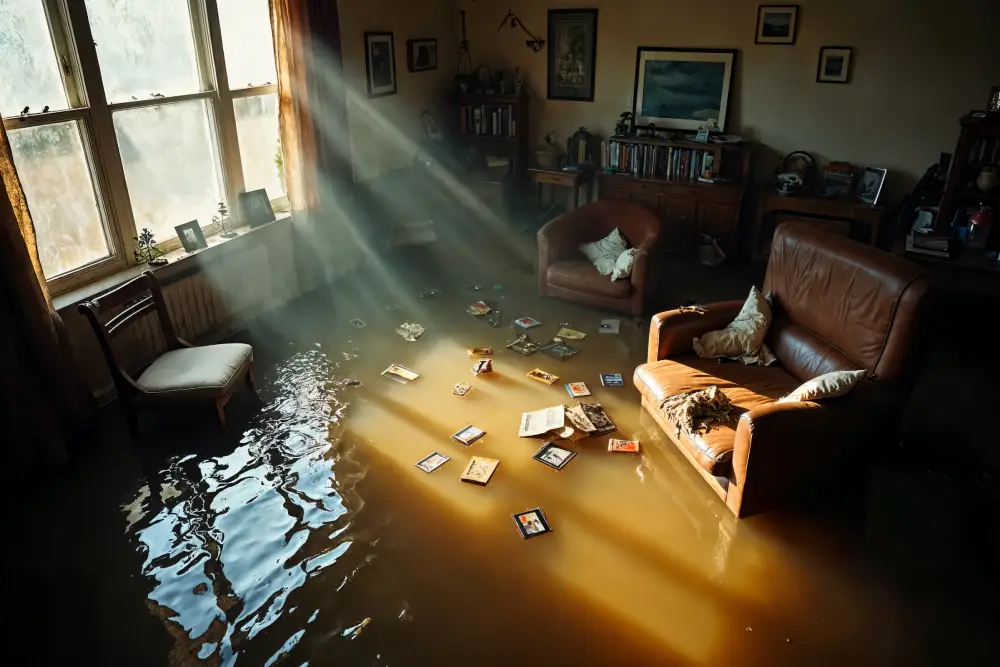Unexpected water damage can happen to any home. Whether caused by a burst pipe, overflowing appliance, or heavy storm, the impact can be devastating. Beyond the immediate mess, lingering water damage can affect your home’s structure, safety, and even its long-term market value. That’s where water mitigation becomes vital—it not only minimizes destruction in the moment but also preserves your property’s value for the future.
In this blog, we will walk through exactly how water mitigation plays a role during emergencies, what services a water mitigation company provides, and why acting fast protects your home investment.
Understanding What Water Mitigation Means
Water mitigation is the process of reducing and preventing further damage caused by water in your home. It includes steps like water extraction, drying, dehumidifying, and cleaning to make sure your property doesn’t suffer structural issues or mold infestations. Unlike simple cleanup, this process is a carefully planned approach to treating water damage at its root.
Homeowners often confuse water mitigation with water restoration, but they are different. Restoration focuses on returning the property to its pre-loss condition, while water mitigation ensures the damage does not worsen before repairs can begin. Both are essential, but mitigation is the first line of defense.
Common Causes of Water Emergencies
Water emergencies rarely happen at convenient times. They can occur instantly and escalate before you realize the extent of the damage. Some of the most frequent causes include:
- Burst or leaking pipes in kitchens, bathrooms, or basements
- Overflowing toilets, tubs, sinks, or washing machines
- Storm floods and roof leaks during heavy rain
- Sewer backups
- Water heater or HVAC malfunctions
Each of these situations can soak into walls, floors, and furniture in minutes. Without quick intervention, damage spreads fast and compromises the safety and value of the property.
The First Hours Matter Most
When water damage strikes, time is critical. The first 24 to 48 hours after water exposure are the most important for protecting your home. Without proper water mitigation, materials like drywall, wood flooring, and insulation begin to saturate. This saturation leads to swelling, warping, or complete breakdown.
Additionally, trapped moisture creates the perfect environment for mold and mildew growth. Mold can spread in as little as 48 hours, not only jeopardizing your home’s value but also affecting indoor air quality and health.
Working with a professional water mitigation company ensures that these first hours aren’t wasted. They have the specialized equipment and expertise to act fast, extract standing water, and begin drying before irreversible damage occurs.
Safeguarding Your Home’s Value Through Water Mitigation
Your home is more than just a place to live—it’s also a significant financial investment. Water mitigation protects that investment in several critical ways:
- Stopping structural damage – Prompt water extraction and drying keep walls, floors, and ceilings from collapsing or deteriorating.
- Preventing mold – Eliminating moisture prevents mold colonies from forming, which can devalue a home quickly.
- Saving belongings – Furniture, documents, and personal items can often be salvaged when water mitigation begins early.
- Preserving market value – Homes with untreated water damage lose market appeal and resale value. Timely mitigation prevents that loss.
By moving quickly, homeowners maintain both the functionality and long-term worth of their property.
What a Water Mitigation Company Does
A water mitigation company plays an essential role during emergencies. When disaster strikes, they provide fast response, expert assessment, and professional equipment to control the crisis. Here’s what you can expect from a team like Redefined Restoration – Chicago Water Damage Service:
- Inspection and damage assessment – Specialists identify where water has spread and determine the most effective plan.
- Water removal – Using pumps and industrial vacuums, they remove standing water efficiently.
- Structural drying – High-powered fans and dehumidifiers draw out hidden moisture.
- Cleaning and sanitization – Contaminated water is common in floods or sewage backups, so thorough cleaning is vital.
- Ongoing monitoring – They measure moisture levels daily to ensure your home is truly dry.
By following this systematic approach, a water mitigation company prevents hidden damage from threatening your property’s safety and resale value later.
Hidden Dangers of Ignoring Water Mitigation
Many homeowners downplay small water incidents, assuming they can handle cleanup alone. However, hidden dangers often lurk behind walls or beneath floors. Ignoring professional water mitigation can lead to problems such as:
- Weakening foundation and structural integrity
- Mold growth that spreads behind walls undetected
- Rotting wood and insulation issues
- Electrical hazards from water seepage near wiring
- Persistent odors that impact indoor air quality
While some minor spills and leaks can be tackled with DIY efforts, emergencies demand professional attention. That’s where hiring a trusted water mitigation company is essential for protecting your home in the long run.
Key Steps in Professional Water Mitigation
When specialists like Redefined Restoration – Chicago Water Damage Service arrive, they follow proven steps to ensure comprehensive care. These include:
- Emergency response – Their team is on call, ready to deploy quickly after a call.
- Water extraction – Removing visible and hidden water from carpets, floors, and walls.
- Drying and ventilation – Using industry-grade fans for full drying.
- Dehumidification – Balancing indoor humidity to stop future mold.
- Cleaning and disinfection – Protecting your home from bacteria, debris, and contaminants.
Understanding this process helps homeowners realize why professional water mitigation is key to effective damage control.
Financial Benefits of Water Mitigation
Handling water emergencies with proper mitigation isn’t just about safety—it’s also financially smart. Acting quickly reduces the risk of costly repairs later. For example, replacing warped flooring or rebuilding walls is far more expensive than initial mitigation. Insurance companies also recognize the value of hiring a professional water mitigation company. Many policies require updated documentation, which specialists provide to speed up claims.
By investing in immediate water mitigation, you save money on future repairs while keeping the value of your home intact.
Protecting Health with Water Mitigation
Aside from protecting your financial investment, water mitigation also preserves your family’s health. Standing water can carry bacteria, pathogens, or contaminants depending on the source. Even clean water, if left untreated, can become a breeding ground for dangerous mold.
Professional water mitigation eliminates these hazards quickly by disinfecting and drying infected areas. This reduces health risks such as allergies, asthma, respiratory issues, or infections. Homeowners benefit from not only a structurally sound home but also a safe and healthy living environment.
Long-Term Peace of Mind
One of the greatest benefits of water mitigation is long-term peace of mind. Emergencies are stressful, but knowing that every step has been taken to secure your home relieves worry. A water mitigation company provides high-quality work that prevents issues from resurfacing weeks or months later. When emergencies occur, this kind of reassurance is invaluable to homeowners who want to protect their most important asset—their home.
Why Choose Us
At Redefined Restoration – Chicago Water Damage Service, we know how overwhelming water damage can be. That’s why we focus on immediate response, professional mitigation, and reliable service that protects your home’s value. Our trained team understands the urgency of emergencies and uses proven techniques to keep your property safe, dry, and secure—so you can move forward with peace of mind.
Redefined Restoration – Chicago Water Damage Service
2924 W Armitage Ave Unit 1, Chicago, IL 60647
(708) 722-8778
https://redefinedresto.com/water-damage-restoration-chicago/





